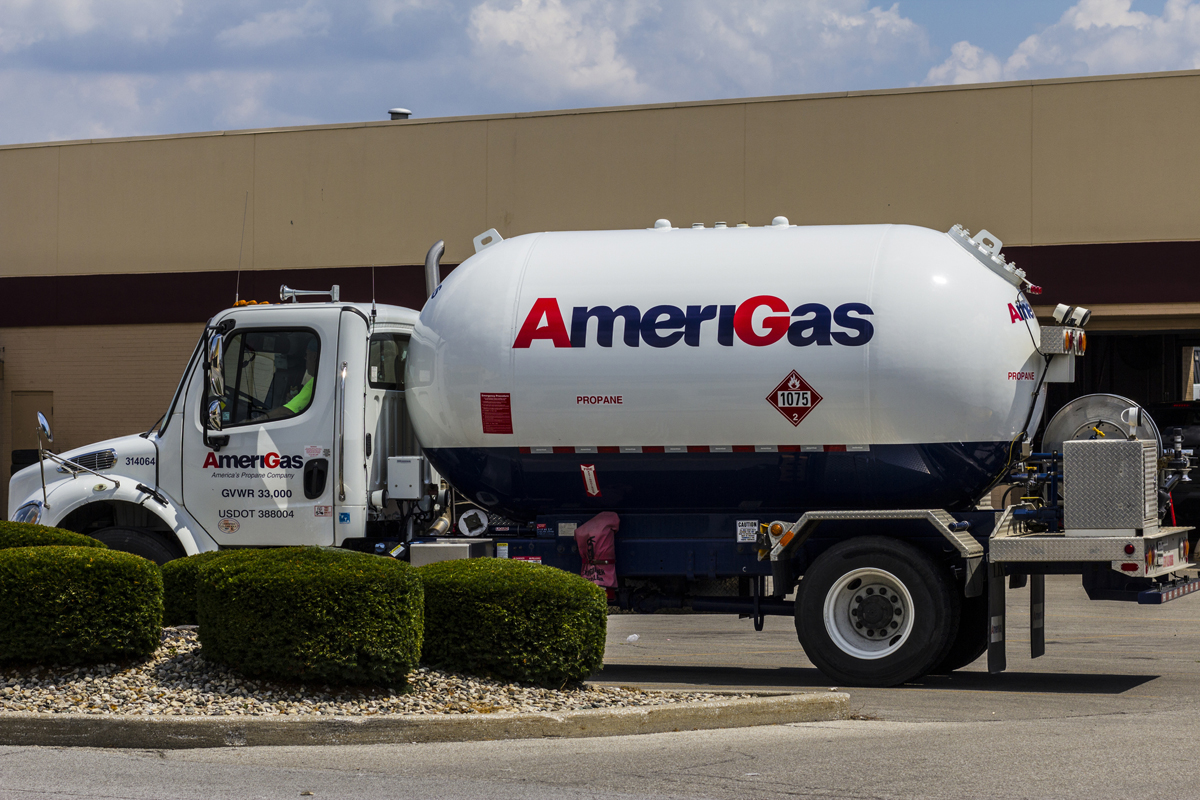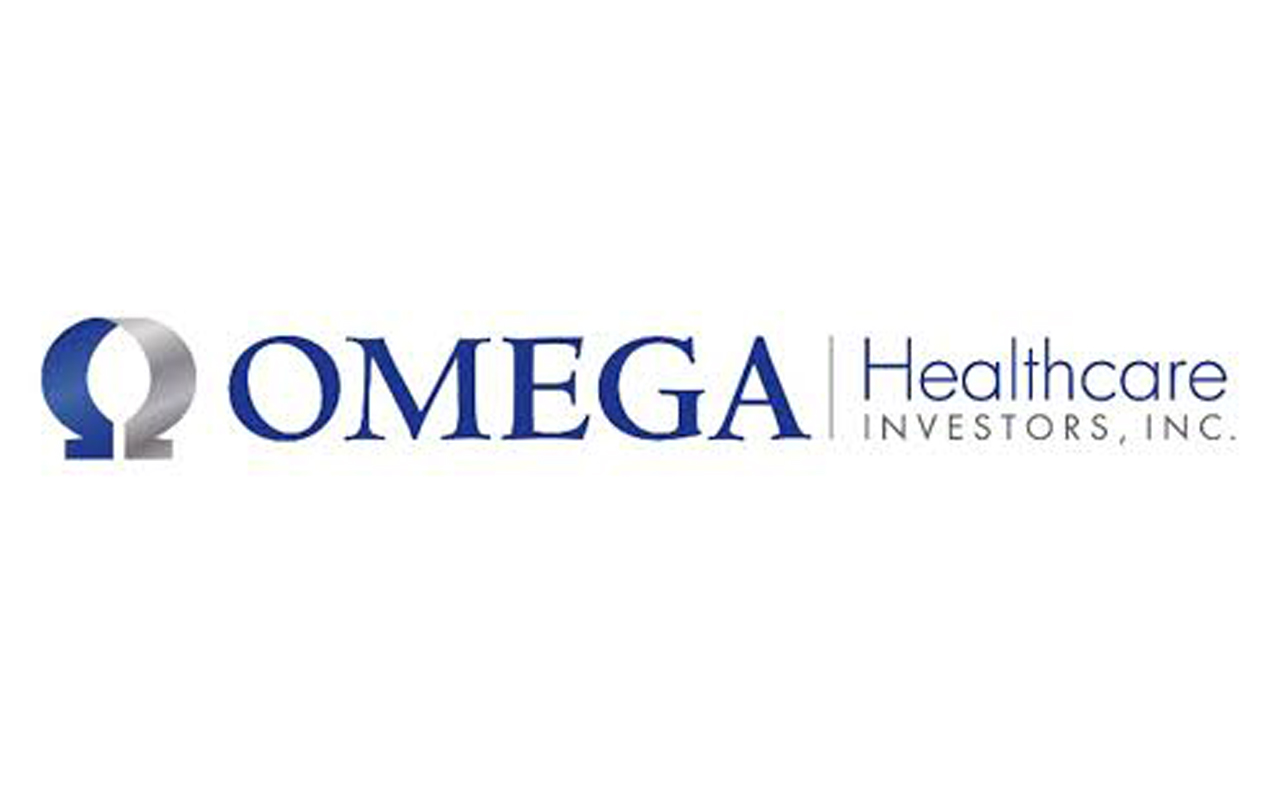8 Great Dividend Stocks Yielding 8% or More
High-yield dividend stocks typically play a vital role for investors planning for retirement.


High-yield dividend stocks typically play a vital role for investors planning for retirement. However, like many things in life, there is no such thing as a free lunch when it comes to income plays.
Many of the highest-yielding dividend stocks are too good to be true. Their high yields simply reflect a higher risk profile and an unsustainable dividend that will be put on the chopping block in the future. For investors living off dividends in retirement, that’s a disaster just waiting to happen.
As a result, conservative income investors would do well to steer clear of most stocks with dividend yields well above 6%.
Not every high-yield stock turns out to be a trap, however.
Today, we’ll review eight dividend stocks that sport a dividend yield of at least 8%. These companies maintained their payouts during the financial crisis, and they appear poised to continue delivering generous dividends over at least the short- to medium-term.
To be clear, these are still “reach” candidates. They need to be approached with caution. Only more aggressive income investors who are willing to tolerate higher risk should consider these stocks. But in moderation, they could do well as a smaller part of a will-diversified dividend portfolio.
Data is as of July 12, 2018. Dividend yields are calculated by annualizing the most recent quarterly payout and dividing by the share price.

AmeriGas Partners, L.P.
- Market value: $3.9 billion
- Distribution yield: 9.1%*
- AmeriGas Partners, LP (APU, $41.85) is the largest propane distributor in America, boasting more than 1.8 million customers across all 50 states. Most of the firm’s propane is used by for heating and cooking purposes.
Unseasonably warm winter weather in 2016 and 2017 reduced demand for propane, pressuring the firm’s coverage of its distribution and sending its yield above 10% for a time.
However, Morningstar senior equity analyst Andrew Bischof, CFA, CPA, writes that a “return to normal weather in 2018 has helped assuage near-term balance sheet concerns.” And management increased the partnership’s distribution for a 14th consecutive year in April of this year.
Looking ahead, AmeriGas Partners expects to generate 3% to 4% annual growth in EBITDA over the long term. Management intends to reduce the firm’s leverage while also improving its distribution coverage to between 1.1x and 1.2x.
If management is successful, the firm’s distribution won’t just be generous – it will be built on much stronger ground.
*Master limited partnerships pay distributions, which are similar to dividends, but are treated as tax-deferred returns of capital and require different paperwork come tax time.

Annaly Capital Management
- Market value: $12.1 billion
- Dividend yield: 11.4%
Mortgage REITs are not known for their stable dividends due to their sensitivity to interest rate fluctuations, and Annaly Capital Management’s (NLY, $10.52) double-digit yield should certainly be approached with caution.
However, as the largest mREIT in the country, Annaly is arguably the best house in a bad neighborhood. The firm essentially makes money by borrowing at short-term interest rates and using those proceeds to buy longer-term, higher-yielding assets – primarily residential and commercial mortgage-backed securities.
Annaly uses a hefty amount of financial leverage to magnify the profits of its strategy and support its generous dividend. Because of its significant scale, NLY also enjoys lower operating expenses than its peers as a percentage of its earnings.
Even still, Annaly’s dividend has been highly volatile over the past two decades. But the company did increase its payout each year during the financial crisis. And more impressively, NLY’s stock was roughly flat while the S&P 500 index lost more than half its value during the 2007-09 market crash.
Annaly’s borrowing costs plummeted as rates tumbled during this time, but its higher-yielding investments continued providing their fixed-interest payments, resulting in solid net interest margins.
It takes a strong stomach to consider a stock like this, and the dividend payment will vary over time. But Annaly has some qualities that could appeal to more aggressive income investors.
For more on this sector, check out Simply Safe Dividends’ guide to investing in REITs.

Holly Energy Partners, L.P.
- Market value: $3.0 billion
- Distribution yield: 9.3%
- Holly Energy Partners, L.P. (HEP, $28.28) owns and operates a system of petroleum product and crude pipelines, storage tanks, distribution terminals and processing plants located at or near HollyFrontier’s (HFC) refining assets.
CFRA equity analyst Stewart Glickman writes that Holly Energy Partners enjoys solid customer demand visibility because it serves HollyFrontier under long-term contracts that expire between 2019 and 2026. In fact, 100% of HEP’s revenue is fee-based, with minimal commodity risk since its contracts require minimum payments for volume or revenue commitments.
Thanks to this stability, management has increased the firm’s distribution for 54 consecutive quarters since its IPO in 2004, and the partnership targets 1x to 1.2x distribution coverage. That is somewhat more aggressive than many of its peers, so be careful to closely monitor HEP if you hold it. But the upside is a very generous yield north of 9%.

Icahn Enterprises L.P.
- Market value: $13.2 billion
- Distribution yield: 9.5%
- Icahn Enterprises, LP (IEP, $73.85) is a unique business. While most MLPs are involved in energy, Icahn Enterprises is a conglomerate with 10 main business segments covering diverse industries such as automotive, energy, gaming, mining, food packaging and real estate, among others.
Famous activist investor Carl Icahn runs his empire via Icahn Enterprises and owns more than 90% of its units.
As a publicly traded hedge fund and private equity firm, Icahn Enterprises’ revenue and earnings are extremely volatile from one year to the next. Many of its business segments, such as energy, are very cyclical. The firm’s investment arm is known for its volatility, too, because the ultimate success of Icahn’s investments, as well as when they are sold, cannot be perfectly timed.
While this can make for a riskier distribution over a full economic cycle, management had enough confidence to increase the firm’s quarterly distribution by 17% in March 2018.
An investment in IEP requires a stomach for risk and volatility, but it also represents an opportunity to invest alongside one of the greatest investors of all time. The near double-digit yield and potential for future growth doesn’t hurt either.

Omega Healthcare Investors
- Market value: $6.3 billion
- Dividend yield: 8.4%
- Omega Healthcare Investors (OHI, $31.55) is a triple-net real estate investment trust that has been combatting several challenges in recent years. The firm owns a number of skilled nursing facilities and assisted living facilities that are leased out to operators primarily in the U.S.
Healthcare is one of the most dynamic sectors in the market thanks to constantly evolving government policies and the need to take costs out of the system.
Changes made to Medicare, a decline in the length of patient stays and several other factors have caused occupancy to slump over the past decade. Meanwhile, cost inflation crimped operators’ profitability, pressuring their ability to meet their rent obligations.
The good news? The 2018 proposed reimbursement rate increase of 1.8% is reasonable, and America’s aging population is expected to drive improved operating conditions over the next decade.
Investors who are willing to wait out the challenging next year or two, and take on the uncertainties that come with investing in a business that is dependent on Medicare and Medicaid spending, could be rewarded nicely if the environment improves.

PennantPark Investment Corporation
- Market value: $501.8 million
- Dividend yield: 10.2%
- PennantPark Investment Corporation (PNNT, $7.07) is a business development company (BDC) that makes debt and equity investments in middle market businesses operating across a wide range of industries.
PennantPark announced a 36% cut to its dividend in late 2016, which may rule the business out for most income investors. The firm was forced to slash its payout after some of its investments suffered from weak energy markets and falling yields, reducing its investment income.
However, PennantPark appears to be on more stable ground today, boasting its lowest payout ratio since 2011. The firm’s portfolio is invested across 49 different companies. No industry makes up more than 16% of the portfolio’s total value, and 79% of investments are secured debt.
PNNT will be fine, too, should interest rates continue to rise, as 87% of its portfolio is floating-rate in nature.
Most BDCs are not for conservative income investors because of their high payout ratios, use of financial leverage and sensitivity to recessions. However, despite its recent dividend cut, PennantPark still delivers a double-digit yield that makes it among the more interesting options for those willing to tread in higher-risk dividend stocks.

Senior Housing Properties Trust
- Market value: $4.4 billion
- Dividend yield: 8.5%
- Senior Housing Properties Trust (SNH, $18.47) has paid uninterrupted dividends since 1999. The real estate investment trust owns a diverse mix of properties including independent and assisted living communities, life-science facilities and medical office buildings.
Unlike some healthcare REITs, Senior Housing Properties has a somewhat lower risk profile since it has limited exposure to government reimbursement programs such as Medicare.
The firm maintains a solid balance sheet, demonstrated by its BBB- credit rating from Standard & Poor’s. And its normalized funds from operations (FFO) payout ratio of 86% provides some cushion in case any of its tenants run into some trouble.
Looking ahead, the REIT’s properties are expected to see a long-term tailwind from favorable demographics. Specifically, 10,000 Baby Boomers turn 65 every day, which is projected to cause demand for senior housing to exceed supply. Meanwhile, national health spending is estimated to grow around 5.5% annually for the foreseeable future, further bolstering demand.
All these factors could bode well for the future security and growth and Senior Housing Properties’ dividend, despite some of the challenges such as cost inflation and lower occupancy that many healthcare facility operators face today.

TransMontaigne Partners L.P.
- Market value: $619.0 million
- Distribution yield: 8.0%
- TransMontaigne Partners, LP (TLP, $38.20) owns 51 storage terminals and three product pipelines used primarily by refineries to move their products and liquids across America.
The company’s essential infrastructure provides predictable cash flow thanks to the nature of the business. Specifically, about 93% of TransMontaigne Partners’ capacity was under long-term take-or-pay contracts with customers as of March 31, 2018.
Importantly, TransMontaigne Partners is fairly insulated from commodity price volatility because 75% of its revenue is generated from terminaling service fees that are based on minimum volume commitments.
While many MLPs have run into trouble in recent years due to unsustainable debt loads, high payout ratios and unsustainable costs of growth capital, TLP has taken a more conservative approach.
Specifically, the partnership’s distribution coverage ratio sat at 1.39x in the first quarter of 2018, in line with its long-term historical average of 1.4. As a result, TransMontaigne Partners has been able to pay steady or higher distributions each year since its IPO in 2005 and should continue doing so for the foreseeable future.
Profit and prosper with the best of Kiplinger's advice on investing, taxes, retirement, personal finance and much more. Delivered daily. Enter your email in the box and click Sign Me Up.

Brian Bollinger is President of Simply Safe Dividends, a company that provides online tools and research designed to help investors generate safe retirement income from dividend stocks without the high fees associated with many other financial products.
-
 Forget FIRE: Why ‘FILE’ Is the Smarter Move for Child-Free DINKs
Forget FIRE: Why ‘FILE’ Is the Smarter Move for Child-Free DINKsHow shifting from "Retiring Early" to "Living Early" allows child-free adults to enjoy their wealth while they’re still young enough to use it.
-
 7 Tax Blunders to Avoid in Your First Year of Retirement
7 Tax Blunders to Avoid in Your First Year of RetirementA business-as-usual approach to taxes in the first year of retirement can lead to silly trip-ups that erode your nest egg. Here are seven common goofs to avoid.
-
 How to Plan for Social Security in 2026's Changing Landscape
How to Plan for Social Security in 2026's Changing LandscapeNot understanding how the upcoming changes in 2026 might affect you could put your financial security in retirement at risk. This is what you need to know.
-
 What Fed Rate Cuts Mean For Fixed-Income Investors
What Fed Rate Cuts Mean For Fixed-Income InvestorsThe Fed's rate-cutting campaign has the fixed-income market set for an encore of Q4 2024.
-
 The Most Tax-Friendly States for Investing in 2025 (Hint: There Are Two)
The Most Tax-Friendly States for Investing in 2025 (Hint: There Are Two)State Taxes Living in one of these places could lower your 2025 investment taxes — especially if you invest in real estate.
-
 The Final Countdown for Retirees with Investment Income
The Final Countdown for Retirees with Investment IncomeRetirement Tax Don’t assume Social Security withholding is enough. Some retirement income may require a quarterly estimated tax payment by the September 15 deadline.
-
 The 24 Cheapest Places To Retire in the US
The 24 Cheapest Places To Retire in the USWhen you're trying to balance a fixed income with an enjoyable retirement, the cost of living is a crucial factor to consider. Is your city the best?
-
 Dividends Are in a Rut
Dividends Are in a RutDividends may be going through a rough patch, but income investors should exercise patience.
-
 Bond Basics: Zero-Coupon Bonds
Bond Basics: Zero-Coupon Bondsinvesting These investments are attractive only to a select few. Find out if they're right for you.
-
 Bond Basics: How to Reduce the Risks
Bond Basics: How to Reduce the Risksinvesting Bonds have risks you won't find in other types of investments. Find out how to spot risky bonds and how to avoid them.
-
 What's the Difference Between a Bond's Price and Value?
What's the Difference Between a Bond's Price and Value?bonds Bonds are complex. Learning about how to trade them is as important as why to trade them.
